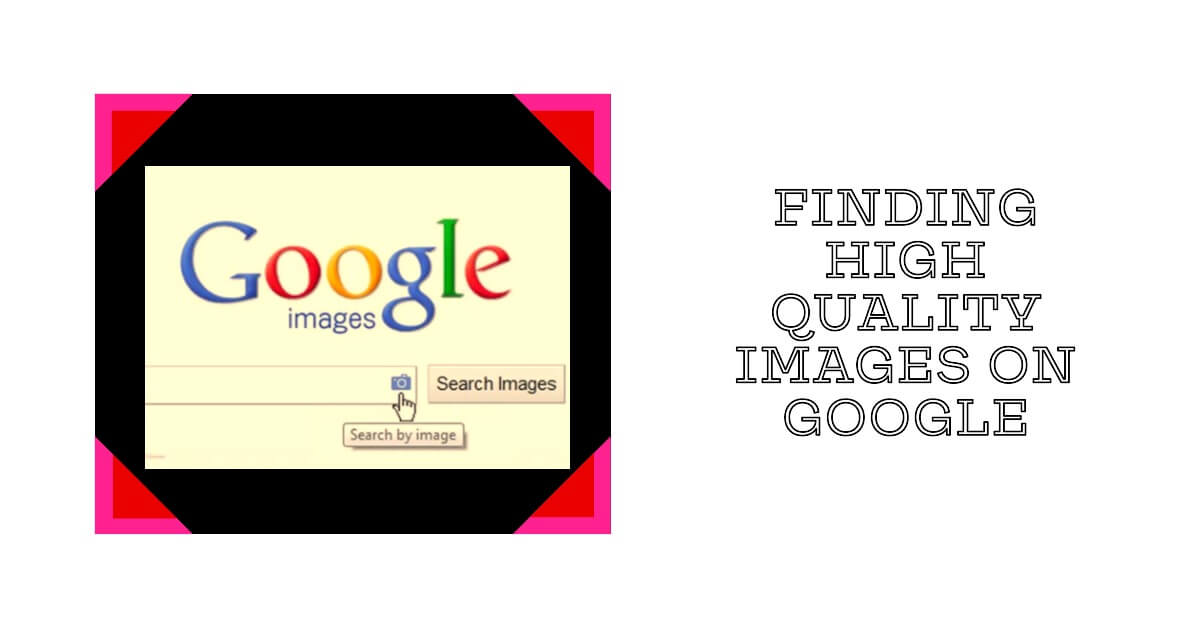As the world becomes increasingly visual, the importance of high-quality images in online content cannot be overstated. From blog posts to social media updates, the right image can make all the difference in capturing your audience’s attention and conveying your message effectively.
But finding high-quality images can be a challenge, especially if you’re on a tight budget. That’s where Google comes in. In this article, we’ll explore tips and tricks for finding high-quality images on Google, as well as best practices for using those images legally and effectively.
Contents
ToggleTips for Finding High Quality Images on Google
Be specific with your search terms: If you’re looking for a particular type of image, be sure to use specific search terms. For example, instead of searching for “dog pictures,” try “golden retriever puppy images” for more targeted results.
Use filters: Google has a number of filters that allow you to narrow down your image search results based on factors like size, color, and usage rights. To access these filters, click on “Tools” under the search bar and select “Usage Rights” to find images that are free to use or share, or “Size” to find larger images suitable for printing.
Consider using advanced search: Google’s advanced search feature allows you to specify a range of criteria for your image search, including image size, file type, and color. To access advanced search, click on “Settings” at the bottom of the search results page and select “Advanced Search.”
Check the source: When you find an image that you like, take a few minutes to investigate the website or page where it appears. Is it a reputable source? Does the page owner have permission to use the image? If you’re unsure, consider using a reverse image search tool (more on that below) to find out where else the image appears online.
Filtering Google Image Search Results for High Quality Images
Google’s image search results can be overwhelming, but there are several ways to filter your results to find the highest-quality images. Here’s how:
Use the “Tools” feature: As mentioned above, Google’s “Tools” feature allows you to filter your search results based on usage rights and image size. This can help you find images that are suitable for your needs, whether you’re looking for a small image to use in a blog post or a high-resolution image for a print project.
Sort by “Largest”: When you perform an image search on Google, you’ll see a menu bar above the search results that includes options like “All,” “Images,” and “News.” Click on “Images,” and then click on “Tools.” Under “Size,” select “Larger than” and choose “2 MP (1600 x 1200).” Then, sort the results by “Largest.” This will display the highest-quality images at the top of your search results.
Use Google’s “Similar Images” feature: If you find an image that you like, but it’s not quite what you’re looking for, try using Google’s “Similar Images” feature. Simply right-click on the image and select “Search Google for image.” This will display a page of visually similar images that you may find more suitable for your needs.
Best Websites for Finding High Quality Images for Free
While Google is a great resource for finding images, it’s not the only one. Here are some other websites you can use to find high-quality images for free:
Unsplash: Unsplash offers a vast collection of high-resolution images that are free to use for personal and commercial projects.
Pexels: Pexels has a large selection of high-quality images, many of which are available for free and without attribution.
Pixabay: Pixabay has over 1.8 million free images, vectors, and illustrations that you can use for both personal and commercial projects.
Canva: Canva is a graphic design tool that also offers a library of free images and illustrations that you can use in your designs.
Freepik: Freepik offers a large collection of vector graphics, PSD files, and photos that you can use for free, as long as you provide attribution.
Copyright Laws and Best Practices for Using Images from Google
When using images from Google, it’s important to understand copyright laws and best practices for using those images legally and effectively. Here are some things to keep in mind:
Understand usage rights: As mentioned above, Google offers filters that allow you to find images that are free to use or share. However, it’s important to read the usage rights carefully to ensure that you’re using the image legally. Some images may require attribution, while others may not be suitable for commercial use.
Consider using stock images: If you can’t find a suitable image on Google or other free image sites, consider using stock images from sites like Shutterstock, iStock, or Adobe Stock. While these images may require a fee, they often come with usage rights that allow you to use them in a variety of projects.
Always provide attribution: If an image requires attribution, be sure to provide it. This not only helps you stay on the right side of copyright laws, but it also gives credit to the artist or photographer who created the image.
Edit the image: If you’re using an image in a design or other project, consider editing it to make it your own. This could include cropping, adding text, or changing the colors to better suit your needs.
Using Google’s Reverse Image Search Feature to Find High Quality Images
Google’s reverse image search feature allows you to find images that are visually similar to a particular image. This can be useful if you have a specific image in mind, but can’t seem to find it using traditional search methods. Here’s how to use it:
Go to Google Images and click on the camera icon in the search bar.
Upload an image or enter the URL of an image you want to search for.
Google will display a page of visually similar images, as well as websites where the image appears.
Use the filters mentioned above to narrow down your search results and find the highest-quality images.
Conclusion
In conclusion, finding high-quality images on Google is easier than you might think, but it does require some knowledge and strategy. By following the tips and best practices outlined in this article, you can find images that are not only visually appealing, but also legal and effective for your online content.
Remember to always read usage rights carefully, provide attribution when necessary, and consider using stock images or other free image sites if you can’t find what you’re looking for on Google.









